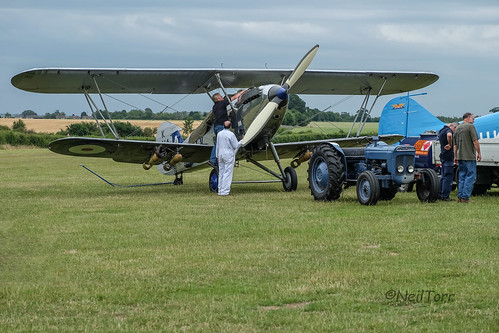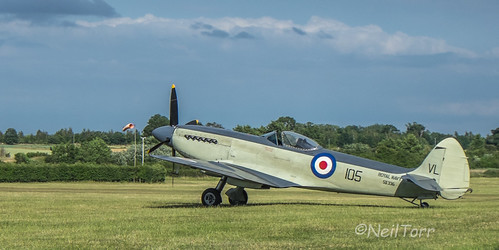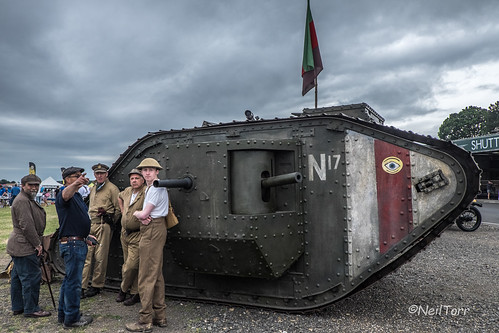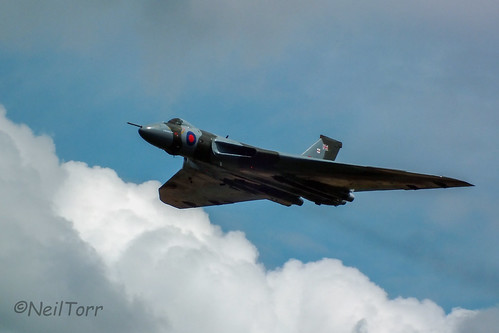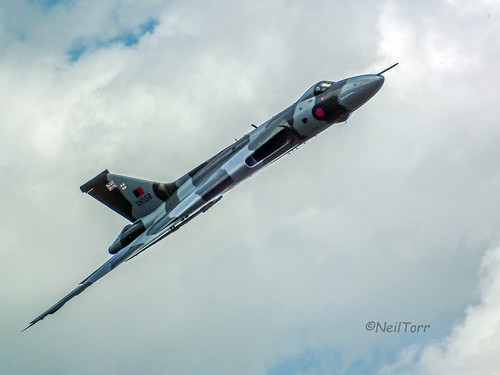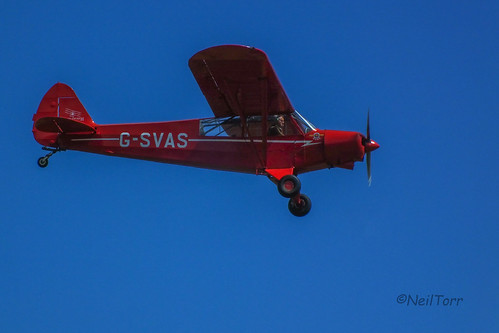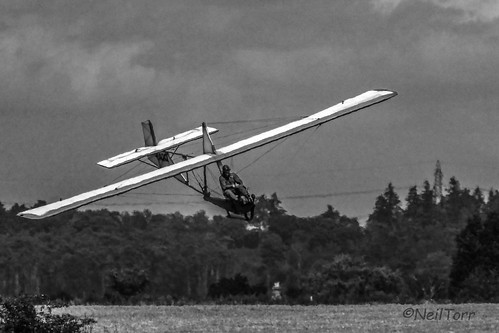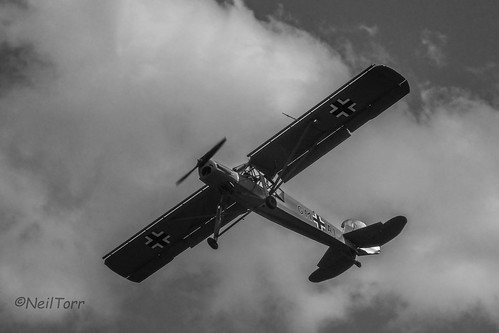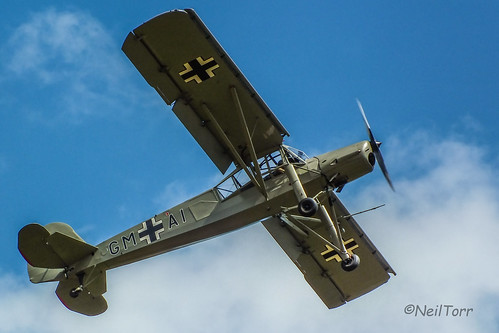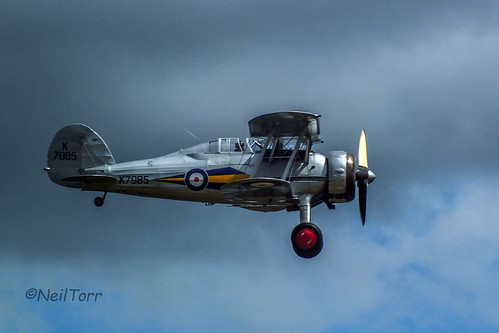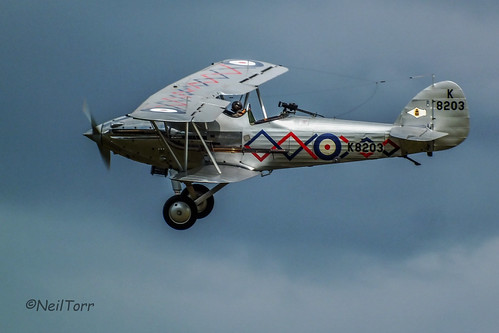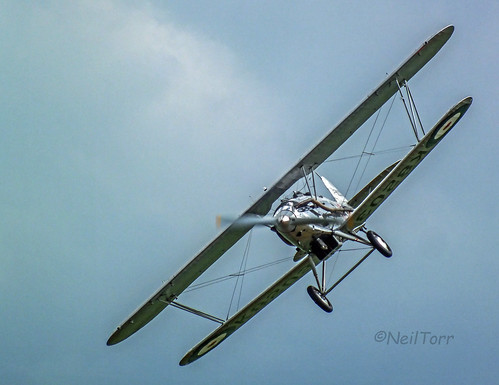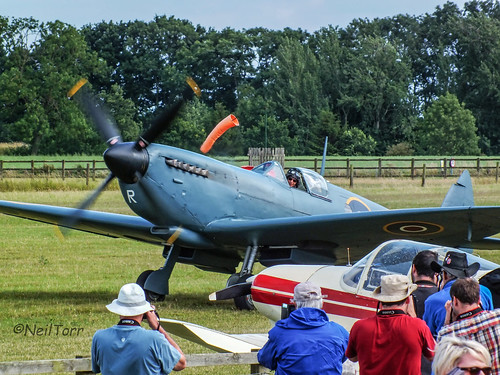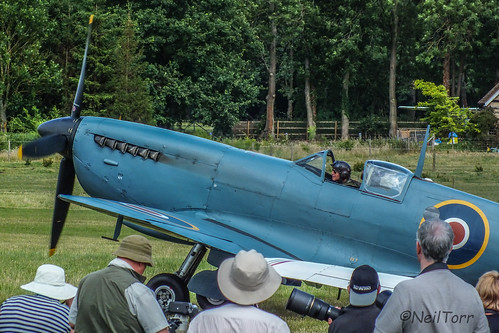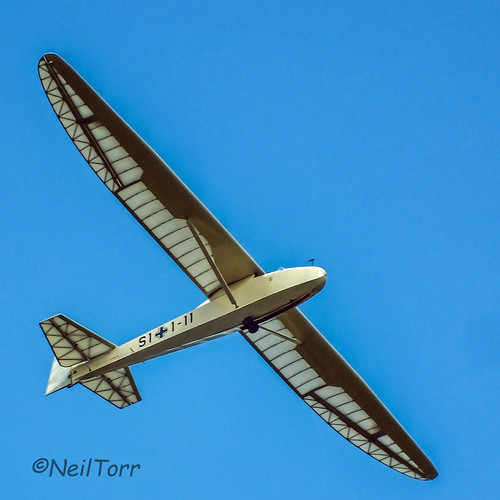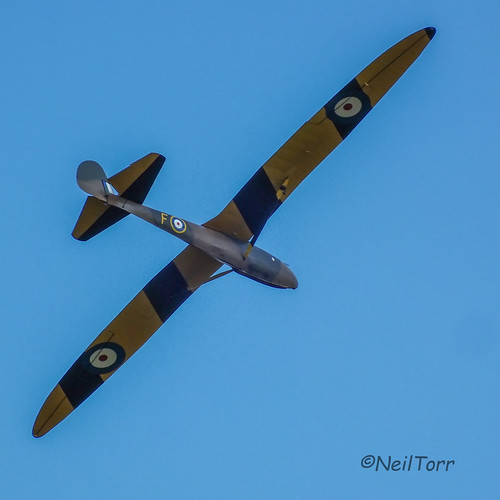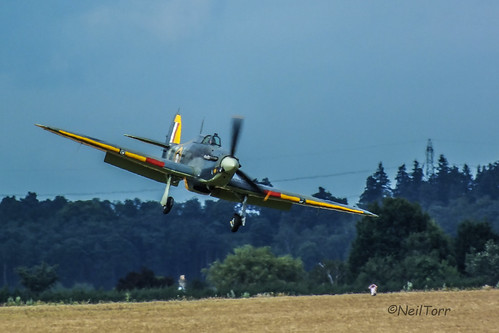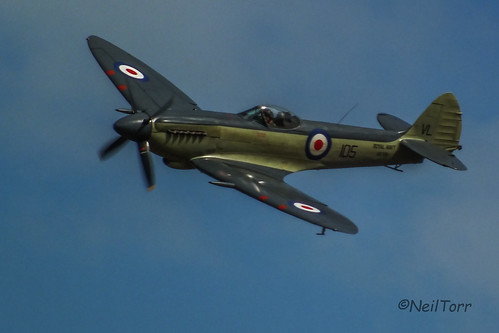Back in July I went to The Shuttleworth Collection for the Military Pageant with Tom, a friend from my university days who is also into his photography. It was our first time at the collection, let alone an airshow there, so whilst expecting a good time I did not know exactly what to expect other than a show featuring a number of classic and vintage aircraft.
All photos following were taking by me on either the Fujifilm Finepix HS20EXR or the Fujifilm X-E2 with 18-55mm lens. All three videos were taken with the X-E2. The photos link to the Flickr version with full EXIF details.
If you would like to read a proper review of the airshow please see this Warbirds Tails post:
http://warbirdtails.net/2015/07/14/shuttleworth-collection-military-pageant-5th-july-2015/
Unlike most airshows at The Shuttleworth Collection, a jet was announced to be featuring. The Spirit of Great Britain, XH558, the last flying Vulcan was due to fly for the first time at a Shuttleworth Collection airshow. This is the last year that XH558 will be flying so we did not want to miss the opportunity to see her flying – see Vulcan XH558 – End of an Era for more information.
This was a bit of a last minute decision and we booked tickets only a week before the show and it was just as well we did book. For the first time ever an airshow at The Shuttleworth Collection sold out in advance. There have been sell outs before but only with on the day purchases.
For a busy day I was fully expecting traffic to be a problem – RAF Waddington is the only airshow I have been to where access has not been a major problem – but all went smoothly and was only slightly held up during the last mile so all good so far.
I got in to the grounds and met Tom and was immediately impressed with what we could see with the hangars wide open so you could see what was inside. The airshow did not start until after lunch so we had time to look around the stalls and what was in the hangars and some additional exhibits.
Not all aircraft were due to take part in the display – not all are in flying condition – so these were all in the hangars still. I won’t cover these as there was a lot from the airshow itself and a few of the day specific exhibits I wanted to show.
Not all aircraft were outside that were expected to fly so these were still being moved as we were walking around. This was a sight in itself as the aircraft were being moved manually with the occasional help of a tractor.
Above: Bristol F2b
Below: Royal Aircraft Factory S.E.5
Above: Sopwith Camel Replica
Below: Hawker Hind being moved with the help of a tractor
Whilst watching some of the aircraft being brought out we also got a look at some of the others that were already out in the waiting area as well as seeing a few more of the ground attractions including a number of people in costume.
Above: Bristol F2b
Below: de Havilland Dragon Rapide
Above: Supermarine Seafire
Below: Out for a jolly good day – two members of The Great War Society
Above: Piper Cub and Percival Provost
Below: World War I tank (model unknown – sorry)
Although the display did not start until later in the day there were pleasure flights coming in and out as well as some of the aircraft getting up into the skies I guess as a warm up and check over before the big display came up.
Above: Piper Colt
Below: de Havilland Dragon Rapide – this was for pleasure flights, it was a different Dragon Rapide that displayed later in the day
Another element of the day before the main flying display started was a mini display put on by the Dawn Patrol, a group of enthusiasts flying radio controlled 1/3 scale models of World War I era aircraft. There are some slightly more modern models as well as you will see.
Above: 1/3 Sopwith Pup
Below: 1/3 Piper Cub – the very Piper Cub in an earlier photo that is owned by The Shuttleworth Collection and is used as a glider tug
Above: Another Sopwith Pup
Below: Being manoeuvred off the airstrip by the handlers
After seeing this we had lunch whilst waiting for the flying display to begin. There was actually a lot more to see – performances by WWII style singers, hairstylists, etc – on the ground but we were rather captivated by what we had been looking at so far and wanted to be prepared for the afternoon’s flying.
First up was XH558, The Spirit of Great Britain – the last airworthy Avro Vulcan. Rather than saying too much about the Vulcan now please see my previous post for more information: Vulcan XH558 – End of an Era
You will find the following pictures and videos on the post linked above plus a selection of other photos from airshows as well as photos of other Vulcans in museums.
As the announcements were made that XH558 was in the vicinity to start the show you could see everyone looking to try and get the first sight. Soon you could hear her approaching but still no sign of her. The we glimpsed her holding back from the airfield waiting for the right time to start, just behind a wooded area so we only caught a brief glimpse. Then it began:
This was one of the final flypasts – what a way to finish off:
I did not get many photos of the Vulcan as I took the videos above. If you want to see more of the Vulcan from the day it is well worth a look at Tom’s photos. You can find some of Tom’s photos of the Vulcan at Shuttleworth here: http://tommybblog.blogspot.co.uk/2015/08/photoblog-vulcan-at-shuttleworth.html
Next to display were the de Havilland Dragon Rapide (below left) and Avro Anson (below right).
Originally the Avro Anson was to be used for maritime reconnaissance but turned out to be redundant for this role and instead served in the forces to train crew for various aspects including multi-engine pilots, navigation, communications roles as well as being used by some forces for VP transport roles. The Anson entered service prior to World War II and continued serving until in one air force until 1972. After the war Ansons continued to be built for civil use as well.
The Dragon Rapide first entered service as a civilian aircraft in 1934. With the on set of WWII the de Havilland Dragon Rapide entered service with the armed forces becoming known as the Dominie. It was initially used for passenger and communication duties and like the Avro Anson was also used for navigation and radio training.
Next up was a flypast by a Battle of Britain Memorial Flight Spitfire, a Mk Vb. Always amazing to see and hear a Spitfire – it doesn’t get old no matter how often you see/hear them.
The next display was something I haven’t seen at an airshow before, a glider. Towed up behind the Piper Cub G-SVAS (of which a 1/3 scale model was flying earlier):
The glider itself was an EoN Primary glider – a very flimsy looking thing which you straddle. Not something that appeals to me but as you would expect from a glider it was a very graceful display. This was used by the armed forces as a training glider and was first used in 1948.
Next up was a plane that offered one of the most impressive displays of the day – the Fieseler Storch. This was a plane famous for its STOL (short take-off and landing) capabilities. It entered service in 1937 and continued to be built after the war for private users.
The Storch was the result of requests for a new Luftwaffe aircraft that would be suitable for army cooperation and medevac duties. For the medevac the STOL was particularly important, needing to land and take off on ground that could have been peppered with holes from explosions leaving only limited space. It did a few demo land and take offs and it seemed that to take off it was barely moving before getting airborne, and similarly it almost seemed to stop in mid air before landing a very impressive site.
The Storch was also a very slow aircraft, but because of its superb low speed handling this was not necessarily as much of a problem on a battlefield as you might think as was demonstrated with the next aircraft that came out whilst the Storch was still flying.
The Gloster Gladiator was the last British biplane fighter and the first to have an enclosed cockpit – which I suspect is why the pilots didn’t particularly like flying them as traditionally an open cockpit meant it was quicker and easier to get out in an emergency.
The Gladiator remained in service until it was replaced by the Hurricane and the Spitfire at the outbreak of WWII.
The demonstration that followed not only showed how quick the Gladiator was but also how agile the Storch. The Gladiator would get into a run at the Storch with the intention of a strafing run and quite casually the Storch would almost drop out of the way or kink to the side and the Gladiator flew past at speed unable to make the turn to stay on its tail and then had to spend time trying to get into position again. Unfortunately I did not get any shots of the two together but here are a few of the Gladiator.
Next up were a series of training aircraft – three performed some steady flypasts while a fourth was doing a more acrobatic display over the top of them.
Above: (left to right) de Havilland Tiger Moth, Miles Magister, and Avro Tutor
Below: Percival Piston Provost – the photo is the right way up
Next up came an acrobatic performance by a pair of Yak 50s. These were the most modern aircraft to perform on the day dating from the 1970s.
The next display was by a pair of Hawkers – a Hawker Hind and a Hawker Demon.
Below: Hawker Hind taking off
Both planes were developed from the Hawker Hart, a light day bomber. When the Hart entered service in 1930 it was quicker than most of the current RAF fighters and so it was very quickly requested to be developed into a fighter which led to the Hawker Demon which first flew in service in 1933.
The Hawker Hind was developed as the replacement to the Hart, entering service in 1935.
Below: Hawker Hind (left) and Hawker Demon flying together
The next display was from a Spitfire, but not a fighter variant. It was a PR.XI – a photo reconnaissance version. As you would expect still an amazing sight and sound.
Next up were two more gliders, both taken up at the same time behind the same Piper Cub that took up the the EoN Primary.
Schneider Grunau Baby
Slingsby Radar Kite – variant of the Kirby Kite used for radar testing
Next up were two Navy planes. First of all the Hawker Sea Hurricane Mk1b, the sea-going version of the Hurricane:
The other Navy plane was a Supermarine Seafire MkXVII, a sea-going variant of the Spitfire:
Next up was plane that was developed from a design for a civilian airliner that had proven to be very fast even in comparison to the latest fighters. The Bristol Blenheim was the most numerous aircraft in service at the outbreak of WWII with 1089 examples in service.
This is the only airworthy Blenheim left and has had to be rebuilt more than once following accidents resulting in extensive damage. This year is the first time since 2003 that the Blenheim has been on the airshow circuit.
After the Blenheim the Edwardian and early WWI era aircraft were due to display if conditions allowed, but unfortunately the wind was getting strong and with a few brief rain conditions were not good enough for these delicate aircraft to be flying. Whilst it was a shame it is a good excuse to go to another show there soon.
Never-the-less without the flying of these vintage aircraft the day was a huge success in my eyes – lots of aircraft flying I hadn’t seen before, easy access, plenty to see and do and quite simply I’m really looking forward to going to more airshows there. If you haven’t already been to The Shuttleworth Collection and are able to I would highly recommend it.
There was also one last flight that I have not mentioned yet.
The Military Pageant is a commemoration airshow recognising the contribution of our armed forces both past and present. With this in mind the finale for the show was a poppy drop.
Originally this was to be performed by the Bristol F2b but this was one of the older aircraft and so as explained above was unable to fly. As a result the drop was performed by the Percival Piston Provost. The video I took was not the best unfortunately – not my strong point to say the least.
First the commentator read the exhortation:
“They shall not grow old, as we that are left grow old,
Age shall not weary them nor the years condemn.
At the going down of the sun, and in the morning
We will remember them.”
Then followed a 2 minute silence after which the commentator read the Kohima Epitaph:
“When you go home, tell them of us and say;
For their tomorrow, we gave our today”





